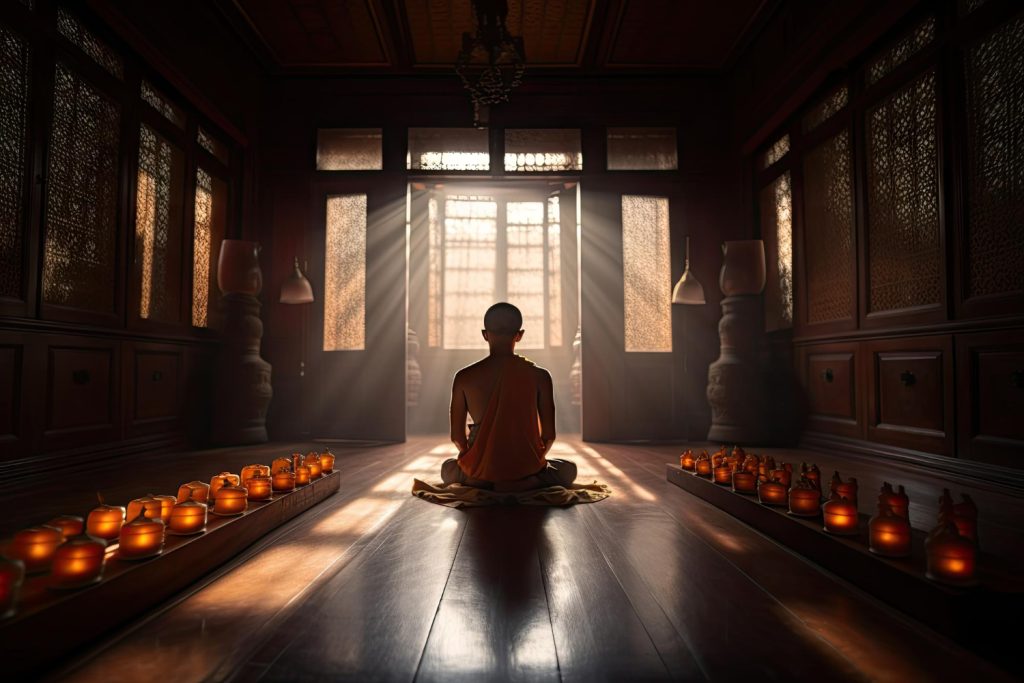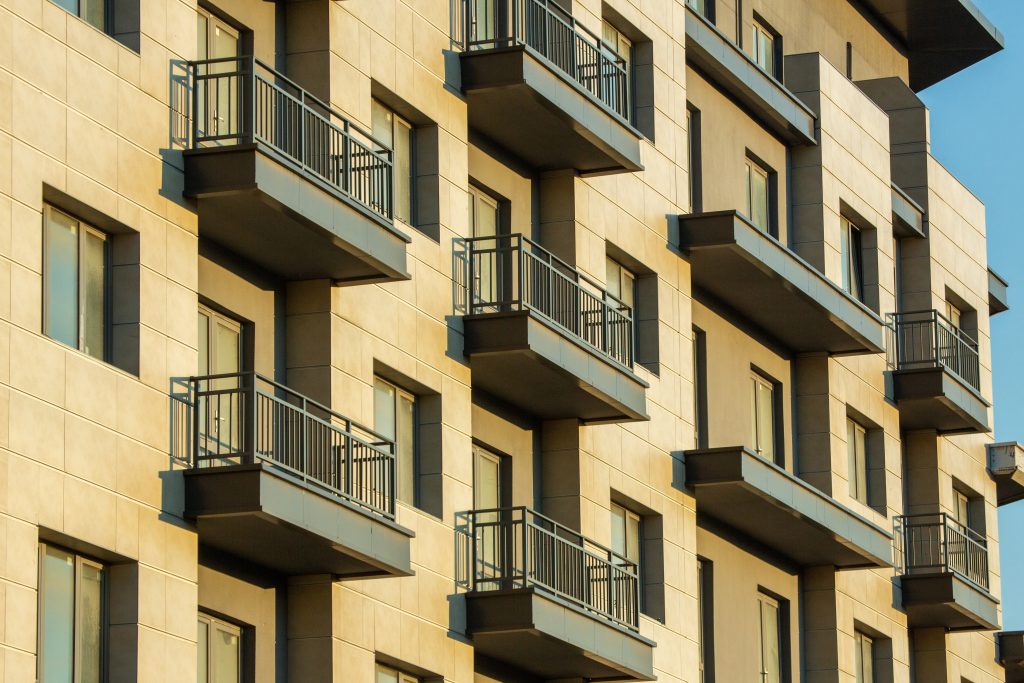In most Indian homes, you would find a dedicated space or room for praying and worshipping. Known as the Pooja room or Pooja ghar, this room is the most sacred in the entire house as it houses idols of various deities and religious texts. The Pooja room is also the centre of positive energy. It helps you connect to spirituality. Vastu Shastra has laid down guidelines for setting up a Pooja room. Read on to learn Vastu tips for a Pooja room.
Why Mandir Vastu Matters
Vastu Shastra is an ancient science of living. It takes into account the five elements of nature, i.e., earth, wind, fire, air and space, to determine the placement of certain rooms and ascertain the functionality of those rooms. These elements work together to create peace and harmony in a home. Hence, selecting the right direction is imperative to ensure positive and auspicious energies in the home. The northeast is associated with water, the northwest with air, the southeast with fire, the southwest with earth and the centre with space. Since the south-east direction is associated with fire, your kitchen must be built in this direction. Similarly, the northeast direction is believed to have strong divine energies, making it ideal for building a prayer room. Non-compliance of Vastu Shastra may disrupt the energy flow in the house, potentially causing stress to the occupants.
Direction Of Pooja Room
When it comes to a prayer room, it should be located in a direction that exudes strong divine energies. According to Vastu, such energies can be found in the north-east quadrant of a Vastu chart. The Pooja room can also be set up in the north or east direction. These directions pull positive energy. The mandir direction in a home should not be in the south. According to Vastu, idols should be placed in the east and west of the Pooja room. Note that the idols should not face the south.
Pooja Room: Dos and Don’ts According to Vastu
Per Vastu Shastra, consider the following tips when setting up your Pooja room:
The Dos
-
- The Pooja room should be in the east, the north or the north-east direction.
-
- Opt for white or light yellow marble work in your prayer room as it is said to be auspicious.
-
- You can paint the walls of your Pooja room in white, light yellow or light blue. Such colours symbolise purity, simplicity and positive energy, a prerequisite for a Pooja room.
-
- Make sure the doors and windows are placed in the east or north direction.
-
- Idols should be placed at a height, away from the ground.
-
- Any lamp stand should be placed in the southeast or east corner of the prayer room.
-
- If you’re building a home from scratch, consider building your prayer room in the shape of a pyramid, i.e., the roof should be sloped on all four sides. This structure is considered auspicious.
-
- The Agnikund, i.e., the fire pit, should be placed in the south-east direction of the prayer room. You should face the east direction while making sacred offerings to the fire.
-
- Display cabinets, Almirahs or shelves should be placed towards the western or southern wall.
-
- The Pooja room should have two shuttered wooden doors.
-
- The worship room is adequately ventilated.
-
- Ensure you keep the Pooja room clutter-free and clean every day.
The Don’ts
-
- The mandir or temple should not be in the bedroom. A bedroom is an area to rest, and not necessarily to connect with spirituality. In smaller houses, where dedicating a room or a good-sized space to a temple vastu is not possible, make sure the mandir is placed in the northeast corner. Your feet should not face the mandir. You can also keep it covered when not in use.
-
- Idols should not face one another.
-
- The Pooja room must not be above, below or next to the toilet or kitchen.
-
- Do not place the mandir below the staircase or in storage rooms.
-
- You must not place the idol exactly opposite the entrance of the Pooja room.
-
- The idols must not be kept in alcoves. They should not touch the walls. Make sure you keep them at least an inch away from the wall.
-
- The idols should not be in desecrated form.
-
- The entrance to the worship room must not be made with inferior-quality wood.
-
- Avoid placing photographs of birds and animals or scenes from epics like Mahabharat, etc., in the Pooja room.
-
- Do not store objects above the idols.
Things To Keep In a Pooja Room
The following are the most important things you can place in a prayer room:
-
- Idols or pictures of deities: The primary function of a Pooja room is to offer a sanctum where you can worship God. You can do this by placing idols or photos of the deities. Avoid placing photos of yourself or deceased family members in the Pooja room.
-
- Diya: Diyas or lamps can help ward off evil and negative energies. Use cotton wicks and make sure you keep the lamp clean.
-
- Flowers: Flowers symbolise purity and divine grace. Ensure you only use fresh flowers in your Pooja room.
-
- Incense sticks: The burning of incense sticks is said to purify the surroundings and create a peaceful ambience for you to worship.
-
- Bell: The sound of bells is believed to make your mind more receptive while praying. You can stay in control of your wandering mind. Bells can also eliminate negative energy.
-
- Holy books: A pooja room is an ideal space to store your holy books. Ensure the books are not torn.
Building a prayer room? Use superior quality grey cement like Portland Pozzolana Cement (PPC) during construction.
FAQs
Can I place a mandir in my bedroom?
Per Vastu Shastra, a mandir should not be placed in a bedroom.
Can I place a mandir in my kitchen?
Typically, in ready-to-move-in apartments, you have little to no control on the placement of rooms. Also, you most likely won’t find a dedicated worship room. Therefore, while it is not ideal to place a mandir in the kitchen, exceptions may be made for smaller spaces.
Which metal is good for Pooja rooms?
Opt for silver or copper utensils and objects in a Pooja room.














